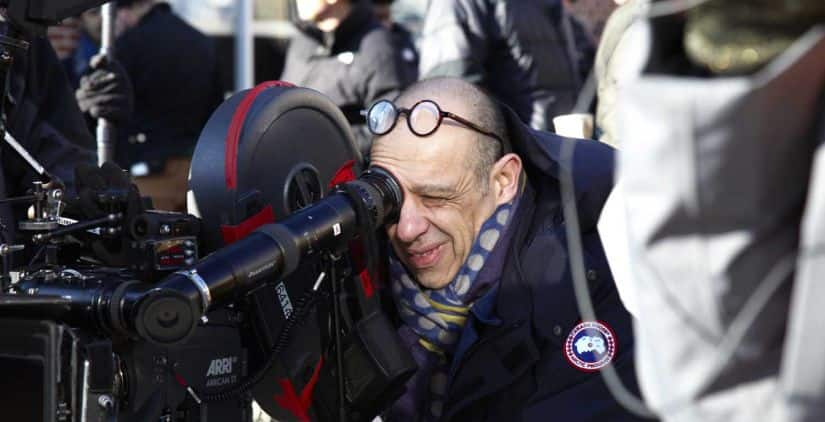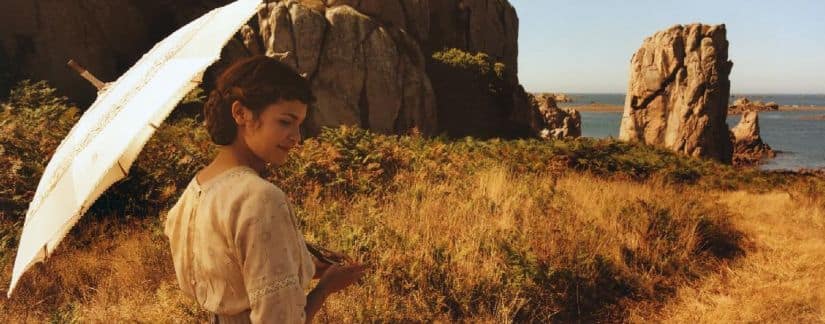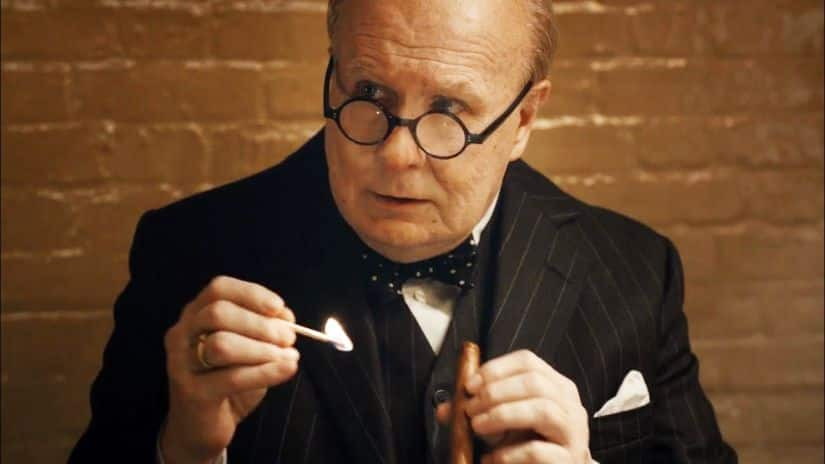The focus at film festivals is typically so director- and actor-centric that technicians almost become an afterthought. That’s why it’s important to highlight the Pierre Angénieux ExcelLens in Cinematography honour at the Cannes Film Festival, named after the French engineer and innovator. (Today’s zoom lenses use the principle developed by Angénieux in the 1950s.) This year’s honoree is Bruno Delbonnel, who shot to fame and Oscar-nominated glory with Amélie and, in a very short span, bagged four more Academy Award nominations for Cinematography (A Very Long Engagement, Harry Potter and the Half-Blood Prince, Inside Llewyn Davis, Darkest Hour). But before we talk about Delbonnel, let’s note the Indian connection to the Angénieux honour, which also seeks to highlight the work of a promising young professional. This year, it’s Kolkata-based Modhura Palit, who becomes the first Indian (and first Indian woman) to receive this recognition. [caption id=“attachment_6557001” align=“alignnone” width=“825”]  Bruno Delbonnel[/caption] Delbonnel is one of those cinematographers whose work you instantly recognise. It’s not that others don’t give us the soft, diffused frames and very sharp colour palettes we associate with Delbonnel. It’s more that this “look” has become so distinctive in Delbonnel’s films that even when we see it elsewhere, we say “the lighting is Delbonnel-esque”. The “look” is a complicated thing to pin down on one person. Take Vilmos Zsigmond’s signature “look”, realism with a metallic sheen. He achieved this result by exposing the raw stock to light before using it in the camera during the shoot, but the technique was actually pioneered by Freddie Young, who was David’s Lean’s cinematographer on Lawrence of Arabia, Doctor Zhivago and Ryan’s Daughter. Young developed this “colorless color” technique for Sidney Lumet’s The Deadly Affair (1966) — but have you heard of the film? Now, look at Zsigmond’s filmography: McCabe and Mrs Miller, Deliverance, the Oscar-winning Close Encounters of the Third Kind. The association with a particular “look”, thus, depends as much on how widely a cinematographer’s work is seen — and if we link Delbonnel with that soft, diffused lighting, it’s also because of the high-profile films he’s been a part of. I’m making a point of this because the technical aspects of cinema aren’t as easy to judge as the more obviously “emotive” factors. Even with a performance, we never know if the actor was responsible for the facial expression we are responding to or whether it was the director’s (or someone else’s) instruction. At most, we can say the actor is the vessel through which this emotion/expression is delivered. It’s similar with a cinematographer, who takes the director’s vision and implements it with the help of collaborators (the art department, the costume department) and a variety of technical means. [caption id=“attachment_6557041” align=“alignnone” width=“825”]  A still from A Very Long Engagement[/caption] But when the work impresses us across a series of films, we have reason to believe the cinematographer is himself (or herself) special — and Delbonnel certainly falls into this category. His work makes you reach for words from the subconscious. When I recall frames from Harry Potter and the Half-Blood Prince and Inside Llewyn Davis, I think “smoky” and “icy” and “exposed photograph negative”. When I think of Amélie and A Very Long Engagement, I think “sepia” and “sunlight”. When I think back on Big Eyes, I think of “strawberries and cream” and “Hitchcock”. You remember Delbonnel’s work even in the films that don’t quite work, like Joe Wright’s Winston Churchill biopic, Darkest Hour. Take the opening scene, which brilliantly captures the chaos in the British council. The camera swoops in from above, thus capturing the density of the crowd – and it lands near the speaker (who’s standing), tracks back from him, then tracks forward to him, and then follows his extended hand to the seated politicians… For narrative clarity, at this point, this “dance of the camera” is interrupted – we cut back to the speaker. But given Wright’s eye for choreography (remember the famous tracking shot on the beach in Atonement?), I suspect the whole thing was shot in one take. (To really get into the rhythm, the soul, of a shot, watch the scene on mute, so you’re not distracted by the score or the dialogue.) The sequence ends with Churchill’s hat on a chair, unlit, and a few scenes later, we meet the man himself, brought from darkness to light by the flare of the match he’s lighting a cigar with. And throughout the film, he is pushed towards the light — by the end, he is so much in the limelight, he has no place to hide anymore. The lighting is so heavy, there are no more shadows. Delbonnel said that this decision came from his discussions with Wright. They decided to let the lighting be guided by Churchill’s character rather than the timeline or the events. [caption id=“attachment_6557081” align=“alignnone” width=“825”]  Gary Oldman in a still from Darkest Hour[/caption] My favourite Delbonnel film is A Very Long Engagement (Un long dimanche de fiançailles), Jean-Pierre Jeunet’s follow-up to Amélie. The narrative is set during World War I, and the opening images set up the story with breathtaking economy. The camera descends from an ash-grey sky and travels to the trenches below, and through this brief journey of the shot, we get a series of props that practically become fetish objects: a bomb-shattered statuette of Jesus, the head and torso hanging limply from a cross; thick metal fencing; a lantern from which a soldier lights a cigarette. As the soldier turns, we meet a parade of prisoners, one of whom will turn out to be a key character. The film’s themes of tragedy, destiny and a helpless/failed God (due to whom the protagonist played by Audrey Tautou has to take things into her own hands) are foreshadowed with quiet beauty. It’s an extraordinary example of the Bruno Delbonnel “look”. Baradwaj Rangan is editor, Film Companion (South). All images from Twitter.
Four-time Academy Award winner Bruno Delbonnel will be given the Pierre Angénieux ExcelLens honour in Cinematography at the 2019 Cannes Film Festival.
Advertisement
End of Article


)
)
)
)
)
)
)
)
)



